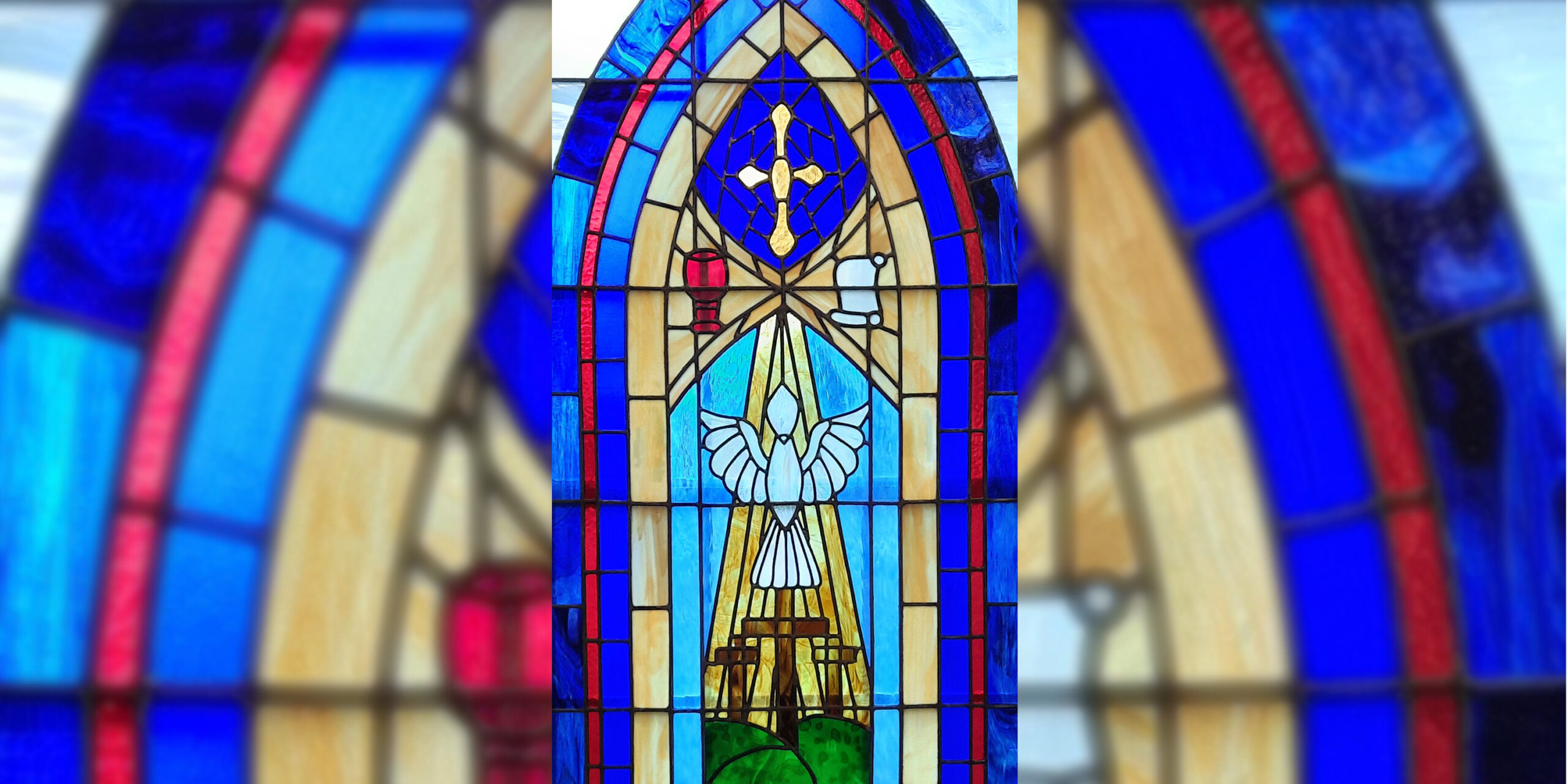
There’s a common theme to several of the appearances Jesus makes after his resurrection: food. While it isn’t a part of his earliest appearances at the tomb, food is a big part of others: the appearance to the followers on the road to Emmaus (Luke 24:30-31), to the eleven remaining disciples in Mark 16:14), on the seashore in John 21:9-14, and in today’s reading, Luke 24:36-48 (read it here).
To many readers, the presence of food in these appearances serves the practical purpose of proving that Jesus is present in the flesh and not merely a vision or even a ghost.
Another common idea is that the use of food in the appearances is a reminder of the last supper.
That doesn’t really stand up, since Jesus doesn’t seem to make any effort to make the comparison explicit, and the writers don’t directly draw the connection.
That doesn’t mean there is no connection, though. Rather, the choice by Jesus to share meals with his disciples comes from one of the same reasons he likely chose to make a meal the centerpiece of our remembrance of him: something about gathering together in a common meal creates new community and reinforces existing communities.
What’s our mission?
In our me-focused age, we usually read the gospels to learn what’s in it for us…how does the message affect my life, how does it make me feel, what’s in it for me. Sometimes we even work our way around to, What am I supposed to do about it?
Each of the four gospels suggests an answer in its closing verses, with no two exactly the same.
Matthew’s is probably the most familiar, with the instructions we remember as the great commission: “Therefore go and make disciples of all nations, baptizing them in the name of the Father and of the Son and of the Holy Spirit, and teaching them to obey everything I have commanded you. And surely I am with you always, to the very end of the age.”
Mark’s version is essentially similar: [Jesus] said to them, “Go into all the world and preach the gospel to all creation. Whoever believes and is baptized will be saved, but whoever does not believe will be condemned.”
John, not surprisingly, differs from the other three gospels. His closing commission is more personally focused on the role of Peter. In a dialog, Jesus tells Peter to care for his people, saying, “Feed my lambs…Take care of my sheep…Feed my sheep.”
Luke’s account in today’s reading has its own focus. “[Jesus] told them, ‘This is what is written: The Messiah will suffer and rise from the dead on the third day, and repentence for the forgiveness of sins will be preached in his name to all nations, beginning at Jerusalem.”
Luke gives a specific name to the care and teaching referred to in the other gospels: repentence for the forgiveness of sins.
In Luke 24:47, the writer says that “repentance for the forgiveness of sins will be preached in his name to all nations”.
We normally think of repentance as having three elements: regret for an action, admission of responsibility for the action, and a commitment to changed behavior.
The changed behavior is a key element here.
In Mathew 3:7-8, John the Baptist lashes out at the Pharisees and Sadducees who are coming to him for baptism, telling them not just to try to flee from the wrath to come, but to “Produce fruit in keeping with repentence.” He further warns them that “every tree that does not produce good fruit will be cut down and thrown into the fire.”
In the Old Testament repentance is often paired with sacrifice or ritual fasting, but Isaiah ties it to behavior in 58:6-7. “Is not this the kind of fasting I have chosen: to loose the chains of injustice and untie the cords of the yoke, to set the oppressed free and break every yoke? Is it not to share your food with the hungry and to provide the poor wanderer with shelter—when you see the naked, to clothe them, and not to turn away from your own flesh and blood?”
In 2 Corinthians 7:10, Paul makes it clear that repentance, understood in the Christian context, is not about wallowing in sorrow, but is positive. “Godly sorrow brings repentance that leads to salvation and leaves no regret, but worldly sorrow brings death.”
None of these, though, go as far as Luke does in verse 47 when he ties repentance to the forgiveness of sins.
For most of us who have been raised in the Christian faith, the connection between repentance and forgiveness seems natural, but there is no reason outside the work of Jesus that one should lead to the other.
If a person were to confess to a crime in court and promise to live a better life, there is no reason that such actions would lead to a lighter sentence, much less a dropping of the criminal charge.
If an employee were to admit to a deliberate act that damaged the business of the employer, there’s no reason that admission, even accompanied by an intention to do better, would reduce the consequences.
The connection betweeen repentance and forgiveness is a new thing, and is at the core of the good news we preach; to Luke, it is the very heart of our witness.